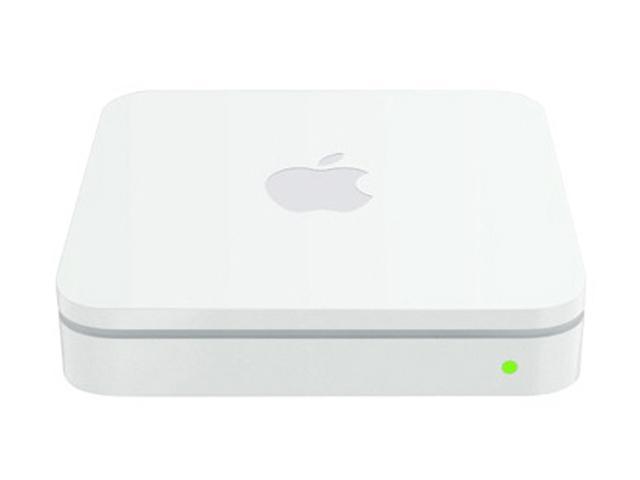

- #Apple airport extreme base station reviews movie#
- #Apple airport extreme base station reviews pro#
- #Apple airport extreme base station reviews software#
#Apple airport extreme base station reviews pro#
Yes, transferring files from the new MacBook Pro to the white MacBook turned in the fastest time. But transfers were much faster to hardware using the 802.11n standard: 6 minutes and 9 seconds to the iMac 4 minutes and 59 seconds to the base station itself and an average time of 4:10 to the white MacBook.
#Apple airport extreme base station reviews movie#
It took 12 and a half minutes to copy the movie to the Mac Mini, which can only transfer files using 802.11g. The file - a 1.36GB movie - was transferred to several machines from the MacBook Pro, and after copying the file several times, I averaged the results. iMac, a new 2.53-GHz MacBook Pro and an older 1.66-GHz Mac Mini at my disposal, I tested the difference in speeds between 802.11n and 802.11g networking.

This is a big step forward for anyone looking to squeeze every bit of wireless performance out of a mixed-device environment. The latest base station - and the more expensive Time Capsule - can simultaneously broadcast in the 2.5-GHz and 5-GHz frequencies, with clients automatically connecting to the fastest available signal. That's fine for general Web browsing, but not so hot for large file transfers. For instance, if you had three computers with "n" wireless support and an iPhone that connected using 802.11g (the iPhone doesn't support 802.11n yet), then all clients connected to that network would operate at "g" speeds. That's because older base stations could only deliver the fastest connection speed that the slowest device on the network could support. Until now, any speed gained by using the faster 802.11n standard evaporated if you connected devices running the older - and more widely supported - 802.11g protocol.

(If you've ever set up a Linksys network, you know what I mean.)īut the best feature of Apple's new base station by far is simultaneous dual-band support.
#Apple airport extreme base station reviews software#
I remain impressed with Apple's Airport Utility software because the setup options are powerful enough for advanced users, but are simple enough for anyone with even basic networking skills to understand. You can still share printers or external USB hard drives, and Apple's software for setting up and tweaking a wireless network is still the best in its class. The newest Airport Extreme base station, which I bought and have been using for a couple of weeks, retains its flat, white Mac mini-like look the same $179 price tag and the ability to broadcast using the 802.11a/b/g/n protocols on the 2.4-GHz and 5-GHz frequencies. Now Apple has pushed its take on wireless networking another evolutionary step forward by adding simultaneous dual-band Wi-Fi, guest networking and MobileMe support. moved its Airport Extreme Wi-Fi router to the 802.11n networking standard - making the move before 802.11n was even finalized.


 0 kommentar(er)
0 kommentar(er)
